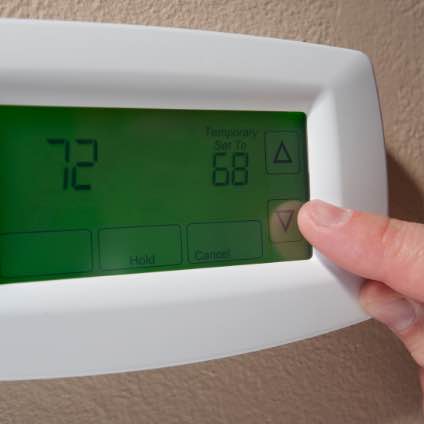Protecting Yourself from Spam Calls and Texts

Getting texts saying you have unpaid tolls or other fees? Others with suspicious looking “security” alerts? Unwanted calls and text messages are more than just an everyday annoyance—they are often tools used by scammers to access your personal and financial information. As spam tactics become more sophisticated, understanding how to identify and prevent these scams is key to maintaining your privacy and security.
While it’s nearly impossible to eliminate spam entirely, below are a few steps you can take to significantly reduce the number of unwanted calls and texts you receive:
- Recognize the Signs of a Scam Scammers often use alarming messages to create a sense of urgency, pushing you to act quickly without verifying the source. You might receive a text or call claiming you owe money, missed a court date, or that your account has been compromised. These messages often ask you to reply and then click on a link or provide sensitive information immediately. Remember that legitimate organizations will never pressure you into making snap decisions or sharing personal data over unsecured communication.
- Avoid Engaging with Unknown Callers or Messages If you don’t recognize the number, let the call go to voicemail. Legitimate callers will typically leave a message. Answering or engaging with spam calls can confirm to scammers that your number is active, increasing the likelihood of future calls. Similarly, never click on links or download attachments in suspicious text messages or emails. Doing so could install malware on your device, granting scammers access to your device and personal information.
- Use Your Phone’s Built-In Security Features Most smartphones come equipped with settings that allow you to block unwanted numbers and reduce spam exposure. iPhone users can enable "Silence Unknown Callers" in their phone settings, while Android users can activate "Caller ID and spam protection" for added security. Explore your device's privacy and security settings to take full advantage of these built-in tools.
- Register with the National Do Not Call Registry Adding your phone number to the National Do Not Call Registry can help limit legitimate telemarketing calls. While this step won’t block every spam call or text, it can help reduce the volume of unsolicited communications and is a good first line of defense.
- Report Suspicious Messages and Contact Your Mobile Provider If you receive a suspicious message or robocall, let your mobile provider know—they may have tools or services to help filter spam. You can also report spam texts by forwarding them to 7726 (SPAM), a service supported by most major carriers. Additionally, you can file a report with the Federal Trade Commission (FTC), which uses these reports to help track scam trends and protect other consumers.
- To help consumers stay informed, the FTC put together a comprehensive online guide on recognizing and avoiding scams. By staying vigilant and implementing the strategies outlined above, you can significantly reduce your exposure to these threats and protect your personal information.
Please view our products for more information on our endorsements and connect with us on Facebook, Instagram and X to receive the latest updates.
If you have any coverage questions, please contact your Independent Agent and they will be happy to answer any questions. Safety Insurance helps you manage life’s storms both online and in person.





